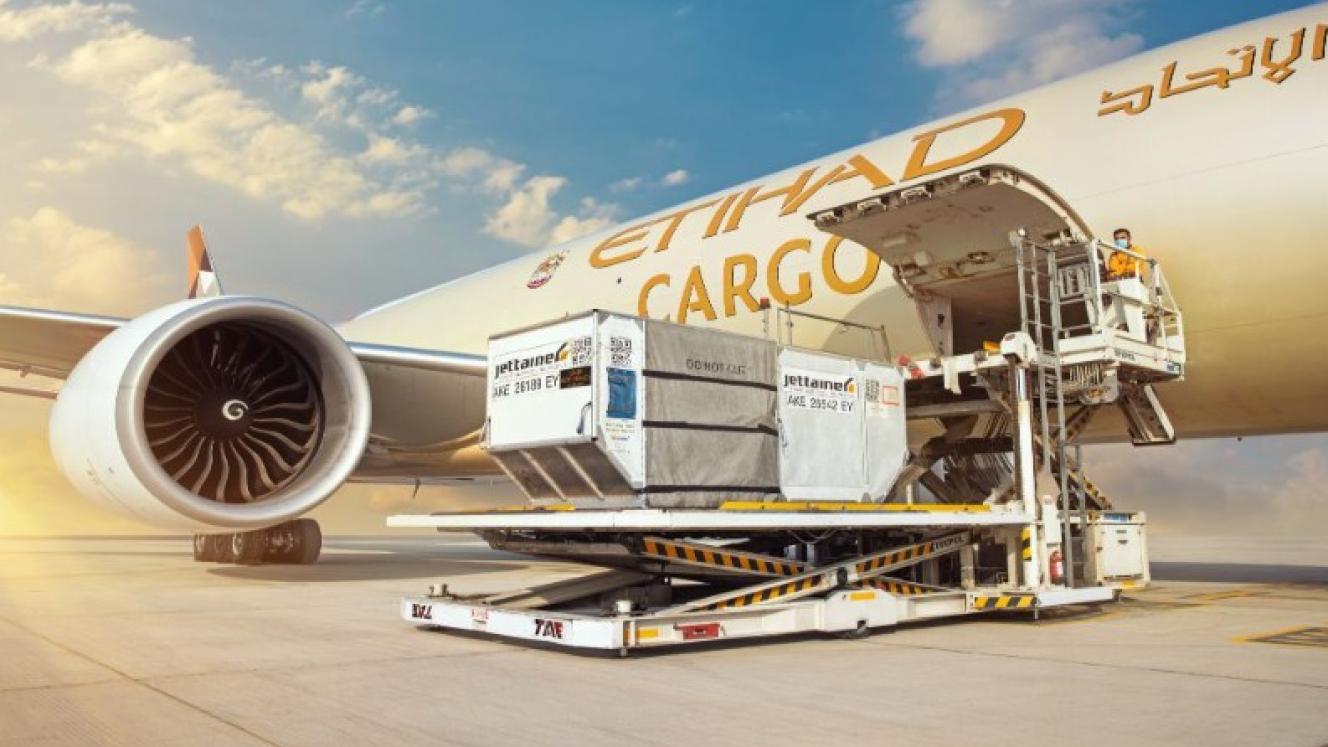The global air cargo market is showing resilience, with demand climbing 4.1% in August, according to the latest data released by the International Air Transport Association (Iata) on Tuesday.
According to Iata, capacity, measured in available cargo tonne-kilometres (ACTK), increased by 3.7% compared to August 2024 (+5.5% for international operations).
Iata Director-General Willie Walsh said cargo demand had grown 4.1% in August, marking the sixth consecutive month of year-on-year growth.
“Volumes continue to grow even as global trade patterns change. Air cargo has benefited from a shift from sea for some high-value goods as shippers try to minimise the risk of tariff changes. And growth patterns indicate some (trade) being diverted away from North America, fuelling stronger growth for the Europe-Asia, within Asia, Africa-Asia, and Middle East-Asia trade lanes.
“This adaptability is vital as shippers navigate the evolving landscape of US tariff policy,” Walsh said. Iata said the global goods trade had grown by 5.4% y-o-y in July, while jet fuel prices in August were 6.4% lower year-on-year, marking the fourteenth consecutive month of annual declines, easing pressure on carriers.
“Global manufacturing in August showed rising optimism in manufacturing … with a rebound to 51.75, the strongest reading since June 2024. Sentiment on new export orders, however, remains below 50 at 48.73, reflecting persistent caution amid tariff uncertainty,” Iata said.
However, the organisation added that the new export orders index stood at 48.73 in August, below the 50 expansion threshold, signalling ongoing tariff-related hesitancy.
Regionally, performance varied sharply. Asia-Pacific airlines led with 9.8% growth on a 6.9% capacity rise.
African carriers posted the fastest gain at 11% demand increase with 12.3% capacity growth. Europe's 3.2% demand uptick trailed a 4.2% capacity expansion.
Middle East demand rose 2.7% against 4.3% capacity, while in Latin America, demand rose 2.1% against 5% capacity growth.
North American demand contracted 2.1% and capacity shrank 1%.
Trade lanes highlighted rerouting dynamics. Europe-Asia and within Asia surged with double-digit gains, while there was also growth in Middle East–Asia, North America–Europe and Africa–Asia. Declines hit Asia–North America, Middle East–Europe, and within Europe.













